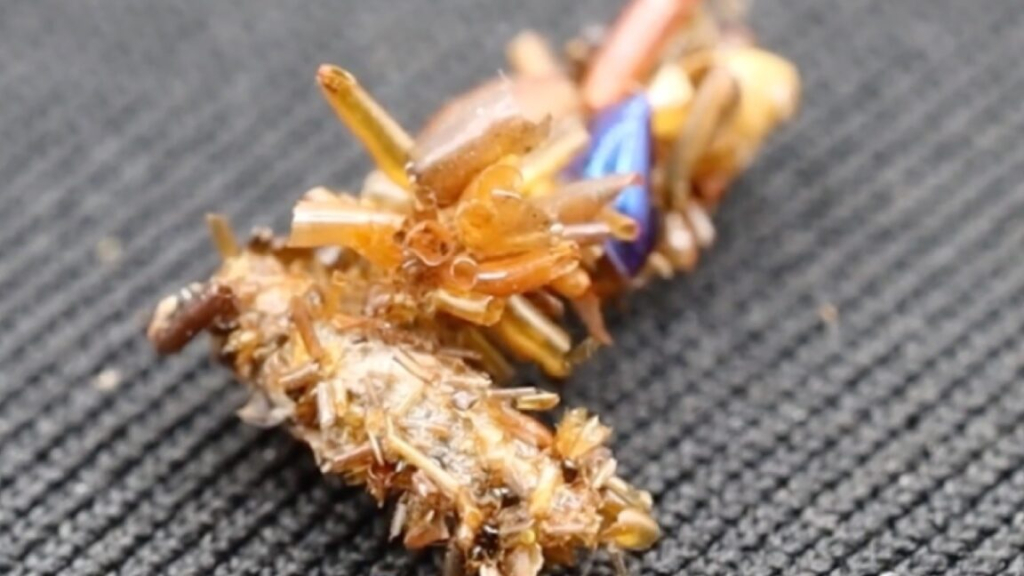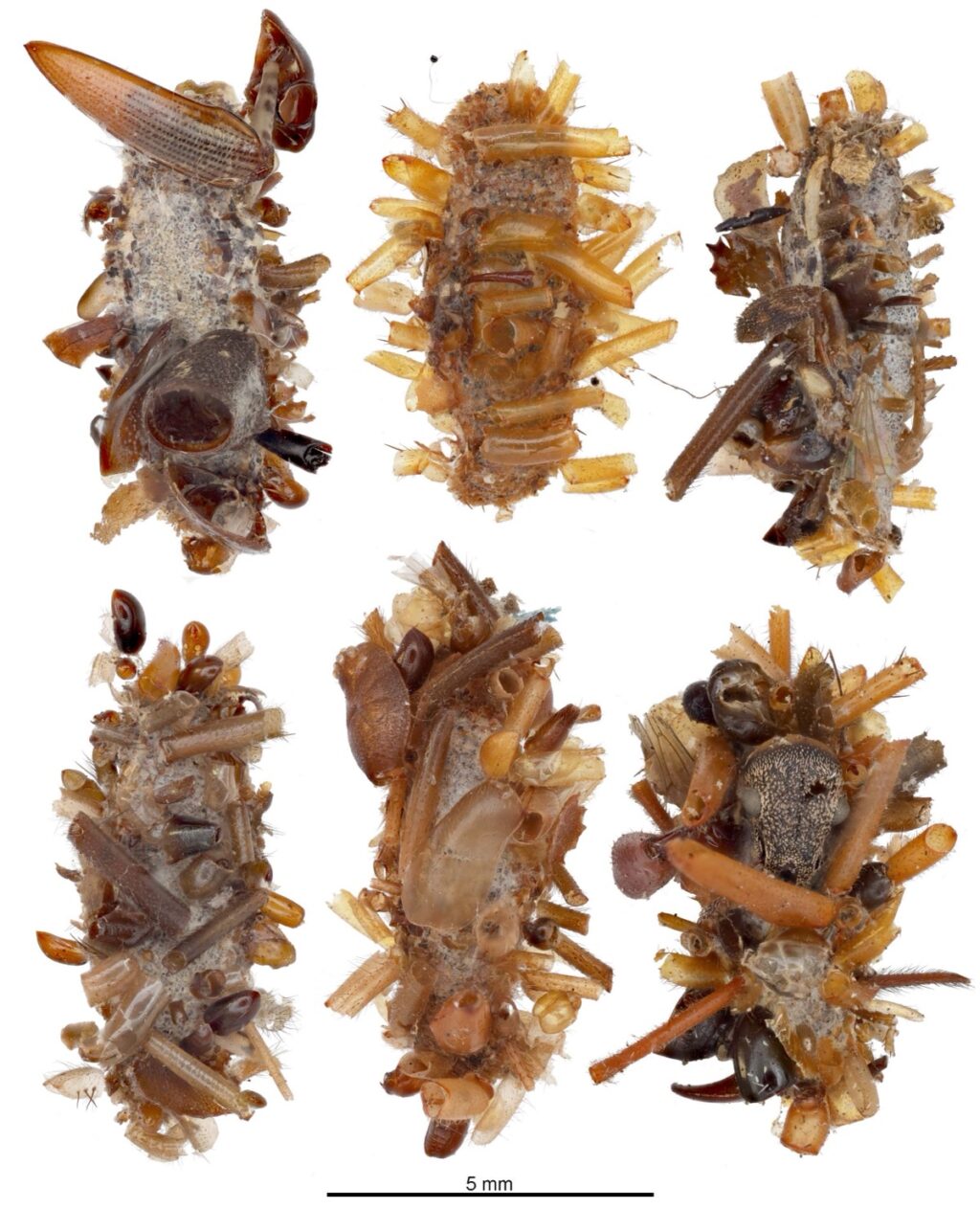Researchers investigating a unique caterpillar species have made remarkable discoveries regarding its behavior and habitat. The team observed an increasing number of these caterpillars adorned with the remains of insects and shed spider silks near spider webs. “We began to understand that these caterpillars are predominantly found in areas populated by spiders,” explained Rubinoff, who dedicated several years to confirming that this species is a rare find. “It’s something you want to verify thoroughly because its uniqueness is truly astonishing.”
A genomic analysis supported the scientists’ initial hypotheses and offered insights into the caterpillar’s potential evolutionary history. Despite being newly identified by humans, the bone collector caterpillar dates back at least 5 million years and might be as ancient as 12 million years. This places its origins long before the formation of the island of O’ahu, where it currently thrives within a limited range of approximately 15 square kilometers in the Wai’anae Mountains. The absence of any known relatives within the same lineage indicates that the species may have emerged from an ancient island that has since submerged.
Adaptation and Survival
The caterpillar’s unusual behavior raises questions about its survival strategies. “It’s a matter of decorate or perish,” Rubinoff noted. “Throughout evolutionary history, those that failed to enhance their appearance likely vanished from the gene pool quickly. However, those that began incorporating bits of other insects and spiders into their camouflage thrived. Natural selection would encourage these caterpillars to develop the ability to detect such materials and use them for protection. In the habitat of predators, appearing like treasure becomes essential.”
The manner in which these caterpillars fashion their camouflage is quite chaotic; arranging the body parts too neatly could compromise their disguise. “They aren’t traversing tightropes between trees; instead, they are hiding within crevices in logs surrounded by cobwebs,” Rubinoff added. “A spider senses vibrations in its web, rushes out to capture its food, recognizes familiar scents, and determines that there is no new prey available.”








